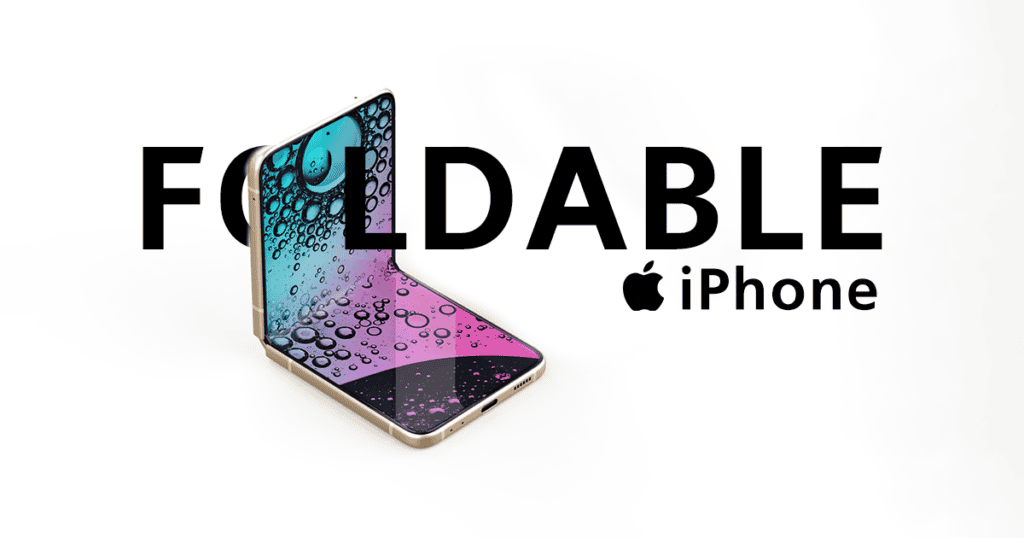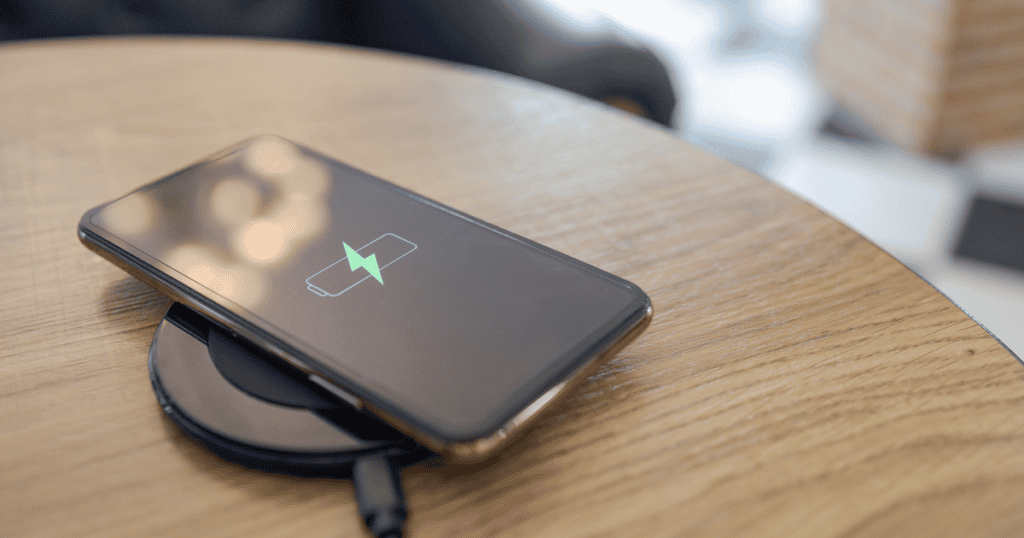Apple is unlikely to release a foldable iPhone before 2027, but when it finally launches, it could significantly disrupt the market, according to a report from Taiwanese research firm TrendForce. This delay might seem like a setback, but Apple’s strategic timing and meticulous development could position the foldable iPhone as a market leader upon its release.
Current Market Overview
Foldable phones currently represent a small portion of the smartphone market. Here are some key statistics:
- 1.5% of the smartphone market is currently comprised of foldable phones.
- Projections suggest this market share will increase to 4.8% by 2028.
Despite this modest share, the foldable phone segment is rapidly growing, indicating strong future potential.
Apple’s Development Focus
Apple is known for its rigorous product standards and innovation. The company is reportedly “still evaluating component specifications and performance, with strict requirements for crease and reliability.” This thorough approach is vital given the issues faced by current foldable devices:
- Screen Creasing: A significant problem that affects many foldable phones, impacting their longevity and user experience.
- Durability Concerns: Foldable screens are more susceptible to damage from debris and everyday wear and tear, raising questions about their long-term reliability.
Apple’s focus on overcoming these challenges underscores its commitment to delivering a superior product, even if it means delaying the release.
Competitor Landscape
Several manufacturers have already launched foldable devices, including:
- Samsung
- Huawei
- Motorola
- Nubia
These companies have introduced a range of popular foldable phones, each with its unique features and innovations. However, Apple’s delayed entry into the foldable space is not necessarily a disadvantage. The company’s history of entering markets late but then dominating them suggests that a similar scenario could unfold with foldable phones.
Market Influence
Apple’s significant market influence and established customer base mean that a foldable iPhone could quickly gain popularity upon release. Here are a few reasons why:
- Brand Loyalty: Apple users are known for their loyalty, often eagerly adopting new products and technologies from the company.
- Market Dynamics: Analysts believe that Apple’s entry into the foldable phone space could “significantly shift market dynamics,” potentially redefining consumer expectations and standards for foldable devices.
- Ecosystem Integration: A foldable iPhone would likely integrate seamlessly with Apple’s ecosystem of devices and services, enhancing its appeal.
Expected Product Launches
Before the foldable iPhone, Apple is widely expected to release other foldable devices, such as:
- A Large-Screen Foldable iPad: This product could serve as a testbed for foldable technology, allowing Apple to refine its approach before tackling the more complex foldable iPhone.
- A Foldable MacBook: This device would extend Apple’s foldable technology into the laptop market, potentially revolutionizing portable computing.
These products will likely kick off Apple’s foray into the foldable category, paving the way for the highly anticipated foldable iPhone.
Final Thoughts
While the foldable iPhone may not arrive until 2027, its eventual launch is poised to make a significant impact on the market. With Apple’s stringent development standards and substantial market influence, their entry into the foldable device space will be a game-changer. By addressing the current challenges of foldable technology and leveraging its strong brand loyalty, Apple is set to redefine the foldable phone landscape.




